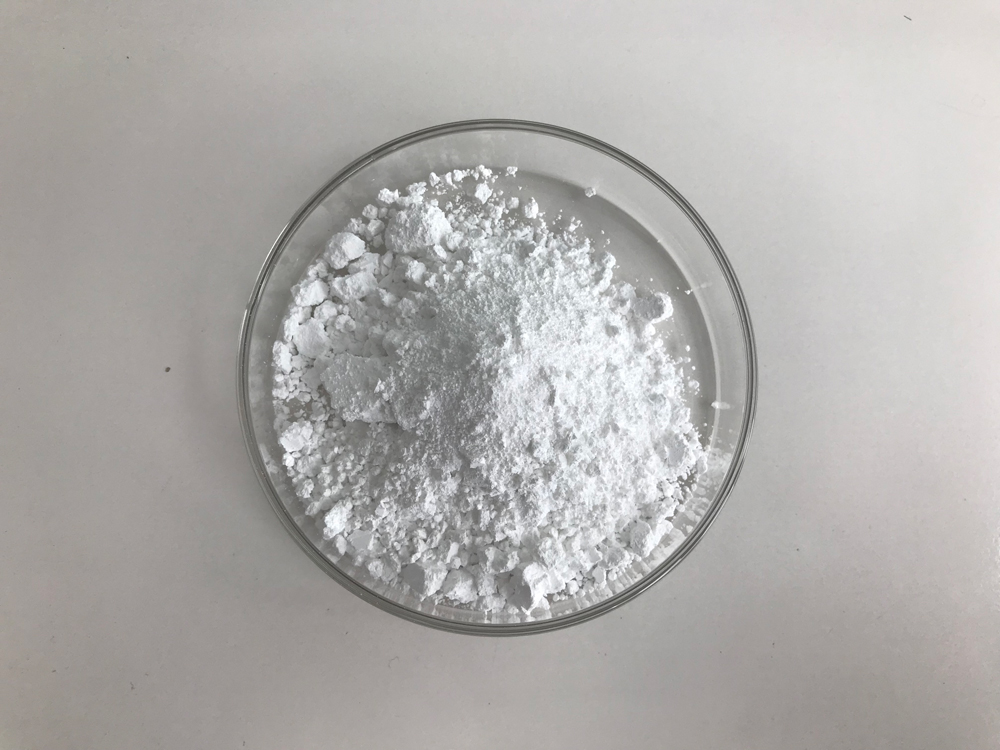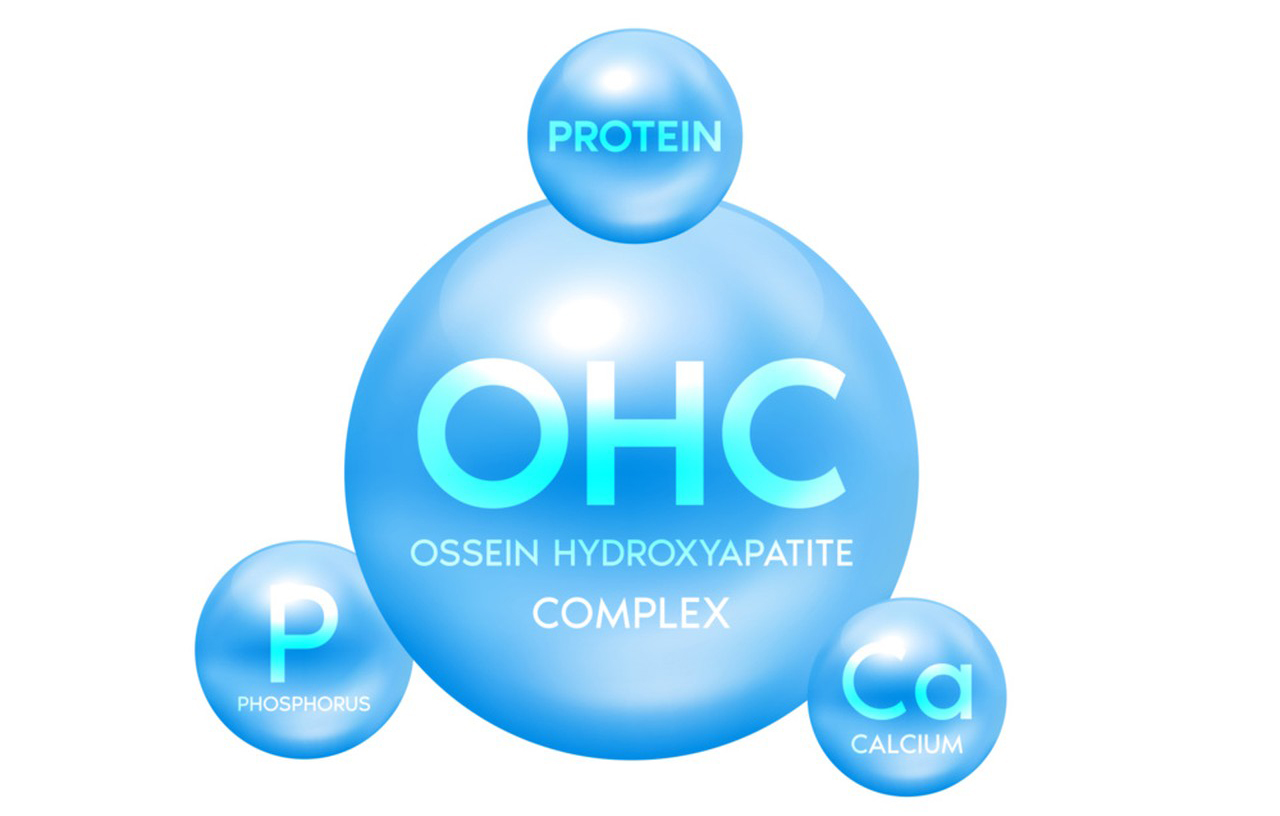Hydroxyapatite (HA) is a calcium phosphate compound that is commonly found in bones and teeth. It is also used in various biomedical and dental applications. The preparation of hydroxyapatite involves several methods, and the choice of method depends on the desired characteristics and intended applications. Here are some common methods for the synthesis of hydroxyapatite:
1.Chemical Precipitation:
In this method, calcium and phosphate precursors are mixed in a solution under controlled conditions.
Calcium nitrate and diammonium hydrogen phosphate are commonly used as precursors.
The reaction leads to the precipitation of hydroxyapatite, which can be further processed.
2.Hydrothermal Synthesis:
Hydrothermal methods involve the reaction of calcium and phosphate sources in a high-pressure, high-temperature aqueous environment.
This method allows for the control of particle size and crystal structure, resulting in well-defined hydroxyapatite crystals.

3.Sol-Gel Method:
This technique involves the formation of a sol, which is a colloidal suspension of nanoparticles, followed by gelation to form a three-dimensional network.
Hydroxyapatite is obtained by drying and calcining the gel.
Mechanical Mixing or Solid-State Reaction:
Calcium and phosphate powders are mechanically mixed and then subjected to heat treatment.
The solid-state reaction leads to the formation of hydroxyapatite.
Electrodeposition:
In this method, hydroxyapatite is deposited on a conductive substrate through electrochemical reactions.
Calcium and phosphate ions are supplied through the electrolyte, and a voltage is applied to induce deposition.
Spray Pyrolysis:
This method involves the spraying of a precursor solution into a heated chamber, leading to the formation of hydroxyapatite particles.
The process allows for the control of particle size and morphology.

Biomimetic Method:
This method mimics the natural process of bone mineralization.
Hydroxyapatite is formed by exposing a calcium phosphate surface to a simulated body fluid.
The choice of method depends on factors such as particle size, crystallinity, and the specific application of hydroxyapatite. Additionally, researchers often modify these methods to tailor the properties of hydroxyapatite for different uses in medicine, dentistry, and materials science.
